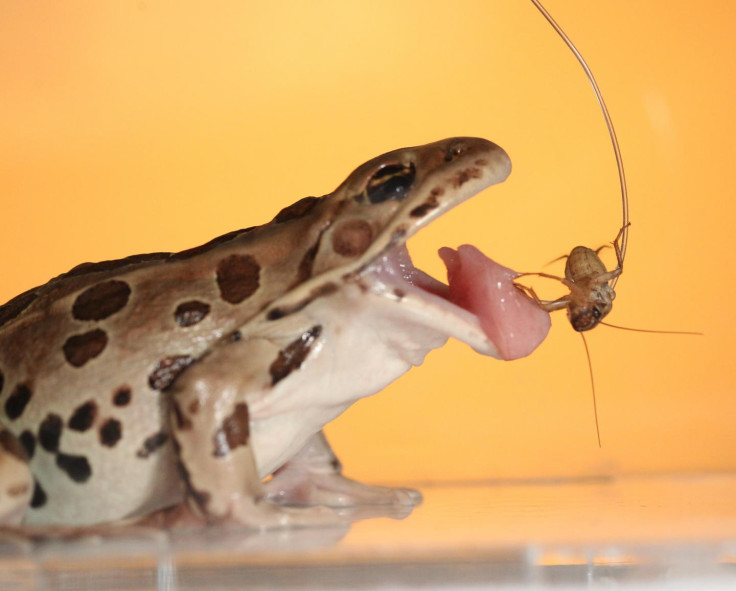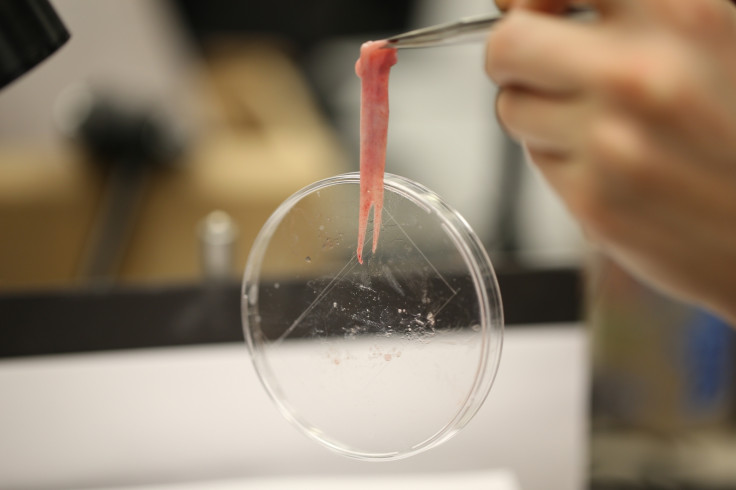What makes a frog's tongue so sticky?
Tongue as soft as brains and special saliva help them catch prey.
The secret behind a frog's sticky tongue has been revealed – a combination of special saliva and flesh as soft as brains. Researchers have shown that together, these two features are able to create a sticky effect 50 times stronger than man-made polymers, like those used for sticky-hand toys.
Scientists have been publishing studies on frogs and their sticky tongues for over 150 years, with Augustus Waller writing a paper on the structure of the papillae and nerves in 1849.
More recently, researchers have shown how frog tongues act like a "muscle-powered adhesive tape", which allows it to prevent it peeling away while retracting its target.
Now, researchers at Georgia Institute of Technology have taken things a step further, showing how saliva works in conjunction with the tongue to grab its prey. In a study, published in the Royal Society Interface, the team filmed frogs eating crickets in super-slow motion to assess the physical characteristics involved. They then analysed samples and examined the muscle tissue to understand its softness.

"The tongue acts like a bungee cord once it latches onto its prey," said study leader Alexis Noel. "It deforms itself as it pulls back toward the mouth, continually storing the intense applied forces in its stretchy tissue and dissipating them in its internal damping."
The found the frog tongue to be as soft as brain tissue and 10 times softer than a human's tongue. This softness allows the frog to change its shape during contact and straight after, as it retracts its target.
For the saliva, the team looked at the different phases of attack. Noel explained: "There are actually three phases. When the tongue first hits the insect, the saliva is almost like water and fills all the bug's crevices. Then, when the tongue snaps back, the saliva changes and becomes more viscous - thicker than honey, actually - gripping the insect for the ride back. The saliva turns watery again when the insect is sheared off inside the mouth."

Their findings, the researcher say, could lead to the development of extremely strong reversible adhesives that can stick to objects at high speed. "Most adhesives that have been created are stiff, especially tape," said David Hu, Noel's advisor. "Frog tongues can attach and reattach with soft, special properties that are extremely stickier than typical materials. Perhaps this technology could be used for new Band-Aids. Or it could be used to create new materials in soft manufacturing."
© Copyright IBTimes 2025. All rights reserved.






















